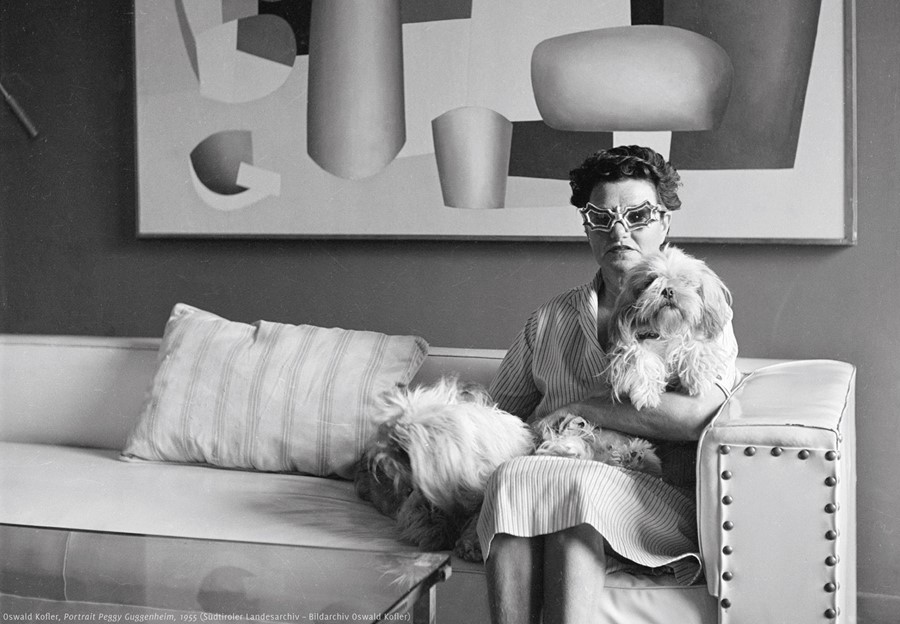As a new film about the famed art collector hits screens, we sit down with its director to unravel the legacy of the woman who put art before her own life
Following the stellar success of her directorial debut, Diana Vreeland: The Eye Has to Travel (2011), Italian filmmaker Lisa Immordino Vreeland makes her much-aniticpated return to silver screens this week with a new documentary about the life and passions of art collector Peggy Guggenheim. The film, entitled Peggy Guggenheim: Art Addict, recounts the New York-born collector’s extraordinary life through never-before-heard interview tapes, and conversations with relatives, artists, industry experts and extensive archival imagery.
And what a life it was. From her father’s tragic premature death aboard the Titanic in 1912, to her discovery of Jackson Pollock, her marriage to artist Max Ernst, and even her voracious sex life (she is rumoured to have slept with over 1,000 men), the film gives an extraordinary insight into modern art and its most illustrious figures, all-the-while celebrating the formidable woman who brought them to fame.
Most importantly, though, the film captures her legacy. Guggenheim was an insatiable collector; a Jew living in Paris during the Second World War, she resisted calls to flee Europe and instead committed to buying a piece of art every day, amassing one of the world’s best-respected collections of Abstract Expressionism in the process. Now, Guggenheim’s unparalleled collection is housed in her palazzo in Venice, the city she dedicated the latter half of her life to.
Today, as the long-awaited documentary lands in UK cinemas, director Immordino Vreeland contemplates self-creation, achieving dreams and the lasting legacy of the woman who put art before her own life.
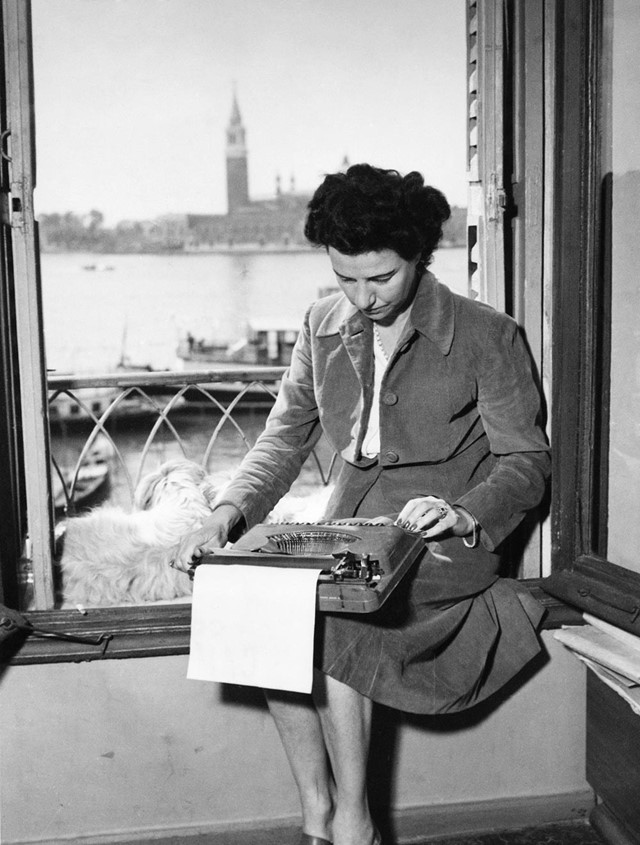
On being drawn to creative women for her films...
“I would never want to put myself in the same strand of creativity that they were, but I think what attracted me about both Diana Vreeland and Peggy Guggenheim’s stories is that they both totally reinvented themselves. They did not fit the typical mould of a woman in the times they lived in, but they were both very heroic in the sense that they gave something back – Diana Vreeland’s message was communicated through fashion, and Peggy Guggenheim’s through art. And these stories are so interesting to unravel, because so many things come up in the process of making a film.
“In the case of Peggy, I thought I knew a lot about her when I went into it, but I came to realise that her impact on the art history world was huge because it touched upon so many different countries. She travelled with such eagerness, from London to Paris, from Paris to New York; she was totally modern in the way she lived her life, nothing was holding her back. And it was an important message for me to show to people today, especially women of the younger generation. It’s a story of victory, and passion, and believing in yourself, and these are all old fashioned traits that I believe in fiercely.”
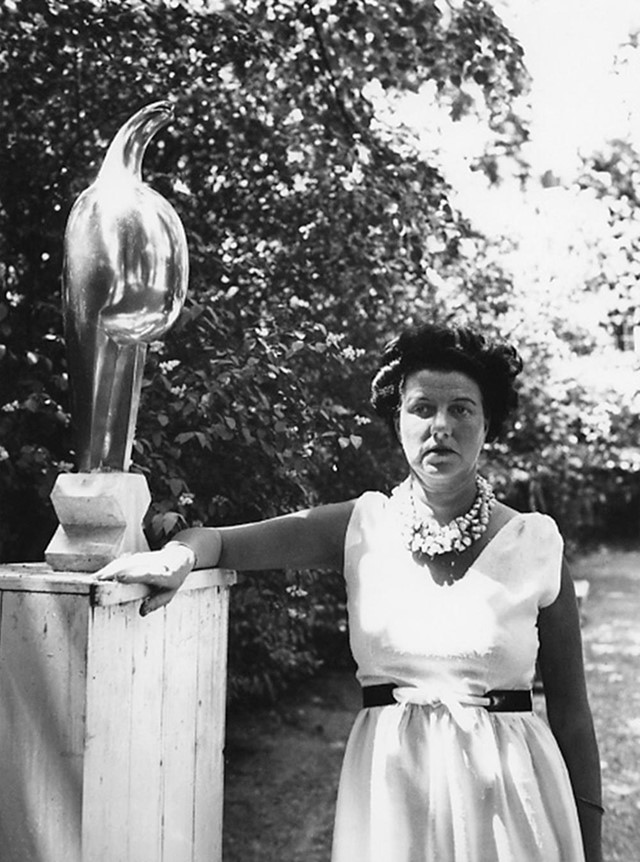
On stumbling upon long-lost tapes of Guggenheim’s last ever interview...
“We had auctioned [author] Jacqueline [Bograd Weld]’s book, the only authorised biography of Peggy [Peggy: The Wayward Guggenheim], and that didn’t necessarily mean that she had to give us full access to her home, but she did. While we were there, she kept saying she had recorded her conversations with Peggy in 1978-79, but she couldn’t find them, so I started walking around the apartment looking for them. Eventually I asked her if she had a basement, and she said yes but she told me ‘just don’t look down in the boxes of books’ – and that’s exactly where I found the tapes. Maybe she knew where they were the whole time. It’s hard sometimes for people to share their research. I had cleaned up the whole basement, and they were literally in the last shoebox.”
On the connection between art and sex in Guggenheim’s life...
“Peggy was a very free woman – she didn’t believe any rules applied to her – and that was a courageous outlook. Not only did she sleep with all these artists, but she also wrote about it, and made it very public, which was crazy for a woman at that time. The words, ‘I’m going to live my life the way I want to,’ simply were not part of a woman’s vocabulary back then. She wasn’t the kind of feminist who sits there and says, ‘I believe in this’. She was an archetype for women who make their own rules, and who don’t live under restraints.”
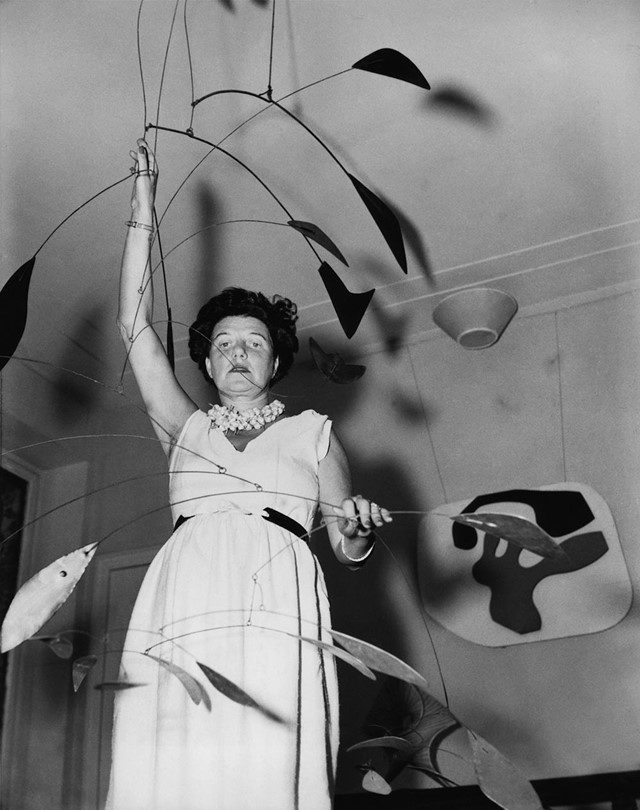
On the challenges of making the film...
“Peggy was a hard character to make a film about, because I wanted to be inspired by her personally, and I wasn’t. I was inspired by her actions and her choices, but the side of Peggy that would have said ‘I love this painting for this and this reason’ simply didn’t exist, and that I think was the biggest challenge. I definitely went though a moment when I asked myself ‘do I even like Peggy?’
“I probably would have loved to have seen a little bit more of her. We had hundreds of still photographs, but the footage that we had was just of one interview. It was this great short movie where she talks about [Constantin] Brâncuși, and how much she loves art, that we found in Sweden. It had never been seen before – nobody at the Guggenheim even knew it existed – but we discovered it in our research.
“The thing with Peggy on camera is that you can see she didn’t feel comfortable in her own skin; we used that at certain times to really show how ill-at-ease with herself she was. But in the still photography, she really came to life. I think there was something very obtrusive about a movie camera that bothered her.”
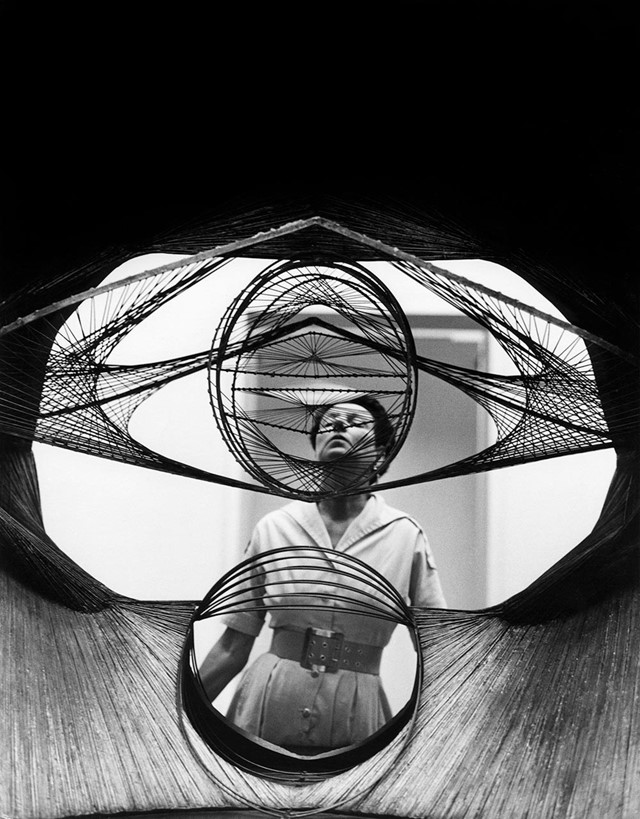
On her enduring legacy...
“Even with the kind of life that she had, full of sadness and obstacles – yes, she did have money, and that made things a little bit easier – she believed in her dream, and she lived it. Her collection is the embodiment of who she was, but it’s really her being present in it that makes people stand in line to see it every day. She suffered a lot personally, but she achieved what she wanted to. She created her own story, and her museum stands as a testament to that today.”
Peggy Guggenheim: Art Addict is in UK cinemas today.
